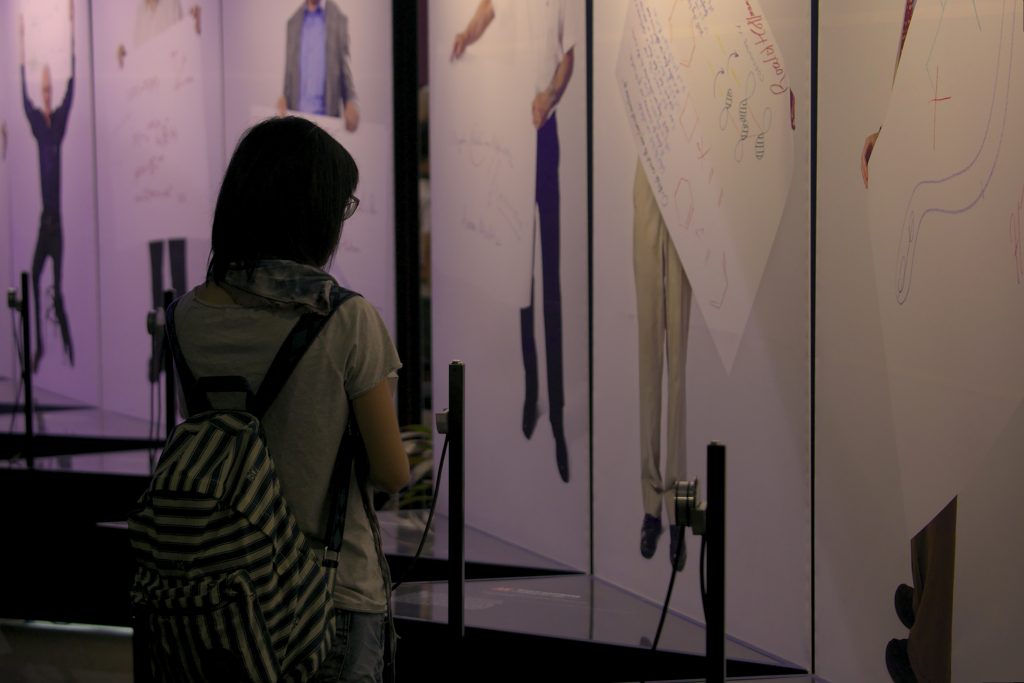50 Nobel Laureates, who won the prestigious prize for their works in different fields of science, walked into a room where award-winning photographer Volker Steger set up a studio, expecting a run-of-the-mill photo shoot.
What they didn’t know was that Steger had something else in mind – he gave each Nobel Laureate a blank sheet of paper, a sheaf of colored pens, and 15 minutes to illustrate each of their complex discoveries. The Laureates then have their portraits taken with whatever they have illustrated.
Held at the Science Centre (Hall A) from Sep 16 to Nov 22, which President Tony Tan has visited on the day of the exhibition’s preview, be prepared for an experience that will definitely suit the palates of the inner science geek in each of us.
Among the portraits on displays, the ones that stood out most for UrbanWire were Françoise Barré-Sinoussi’s portrait on her discovery of the human immunodeficiency virus (HIV) that looked awfully like a ferris wheel at first glance, and Sir Timothy Hunt, who won the Nobel Prize for Physiology or Medicine in 2001 for the discoveries of key regulators of the cell cycle.
If the scientific jargon mentioned above baffles you, fret not as each portrait comes with its own interview, video or digital presentation. Upon picking up the contraption (that vaguely resembles a stethoscope), the viewer can listen to the Nobel Laureate’s own take on his or her scientific discovery in words that the common man can understand.
When UrbanWire spoke to Sir Tim Hunt, he mentioned that it is impossible to simplify any of their findings without leaving out key words. However, as he continued talking about his work, he likened the protein levels in a cell during a cell cycle with the automatic flushes at urinals. A jolly man whose smile never left his face, Sir Hunt admitted , with a chortle, that he should have drawn the egg of a sea urchin (which he had used in his research).
Of course, without basic knowledge on each of the fields featured in the exhibits, namely chemistry, biology and physics, the portraits may make no sense whatsoever. Nevertheless, the portraits genuinely show a different side of each Nobel Laureate with their visual representation of their findings – some choosing to simply write down keywords, and others drawing pictures.
As photographer Steger puts it, “[…] while the sketches turned out to be as varied as the Nobel Laureates and their discoveries, they equally demonstrated the beauty of intellectual concepts and their great minds at work.”
Photos by Christopher Sim.




